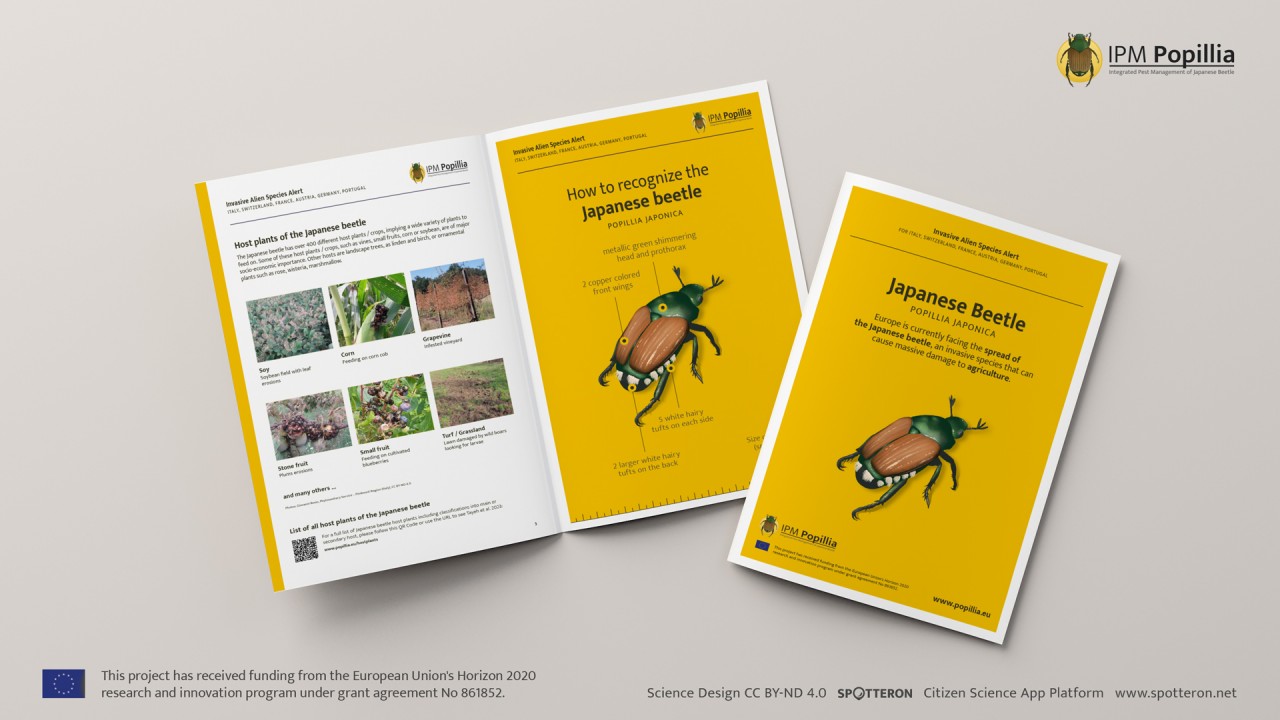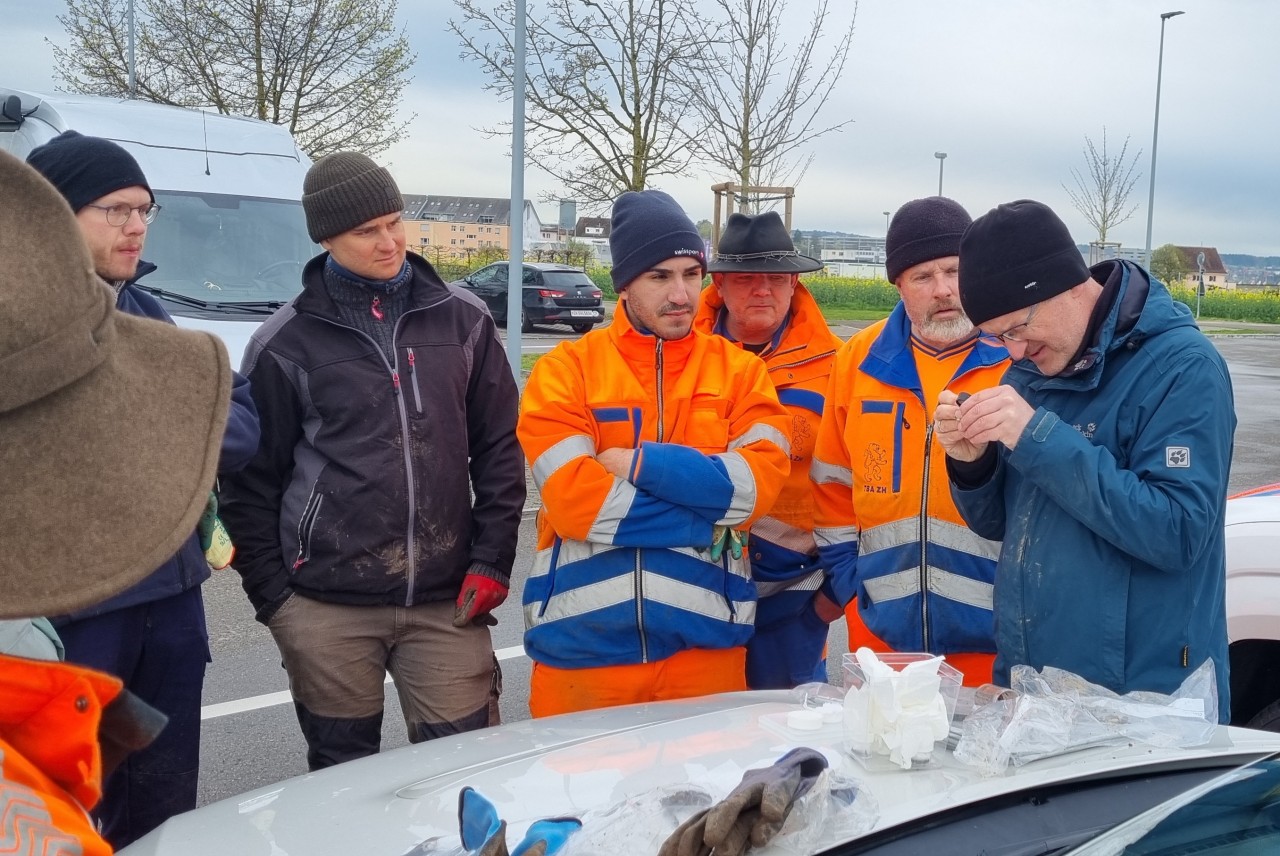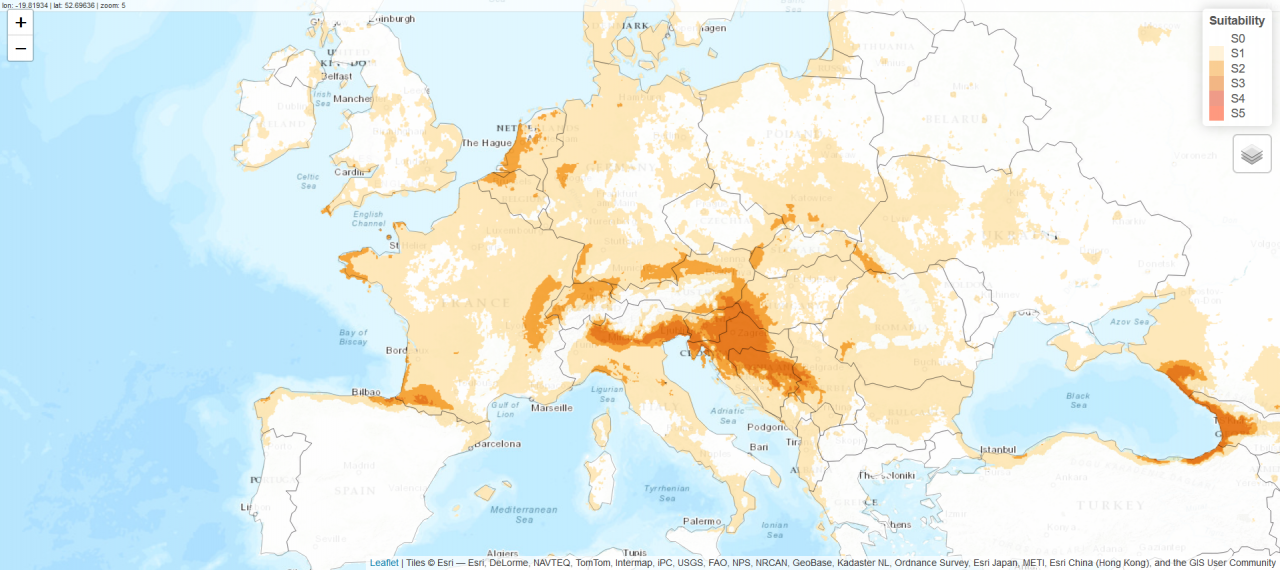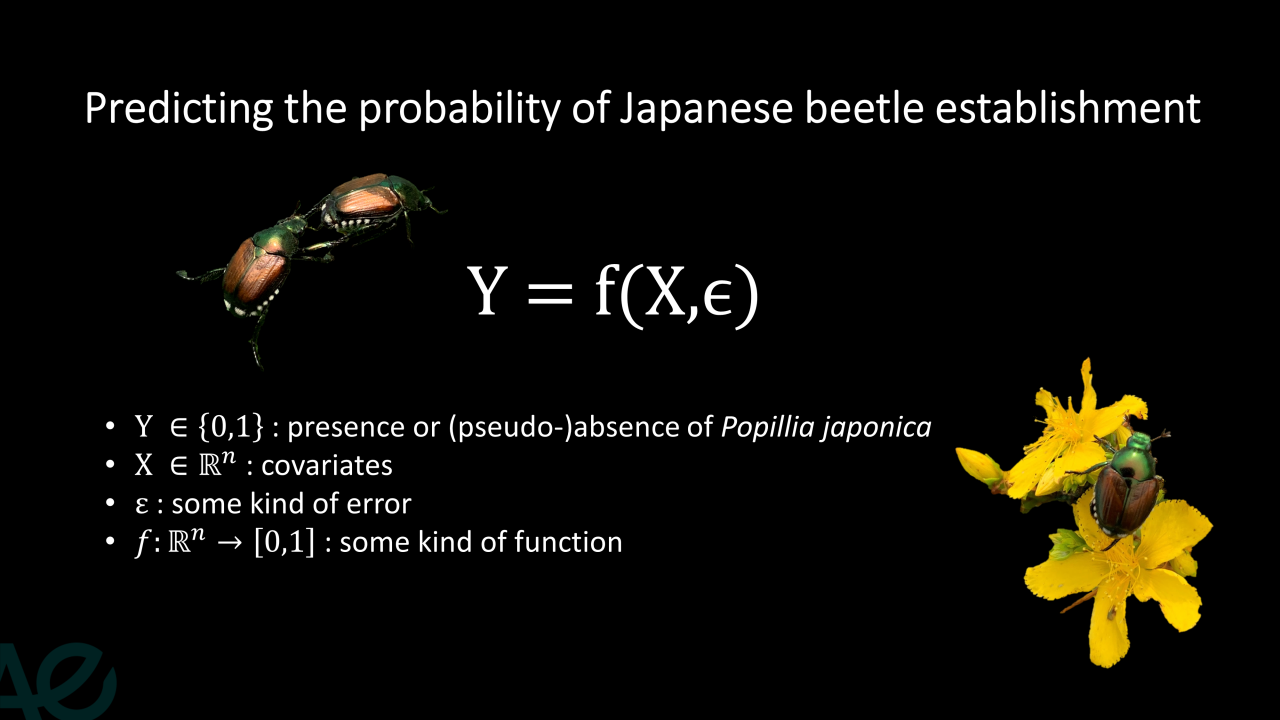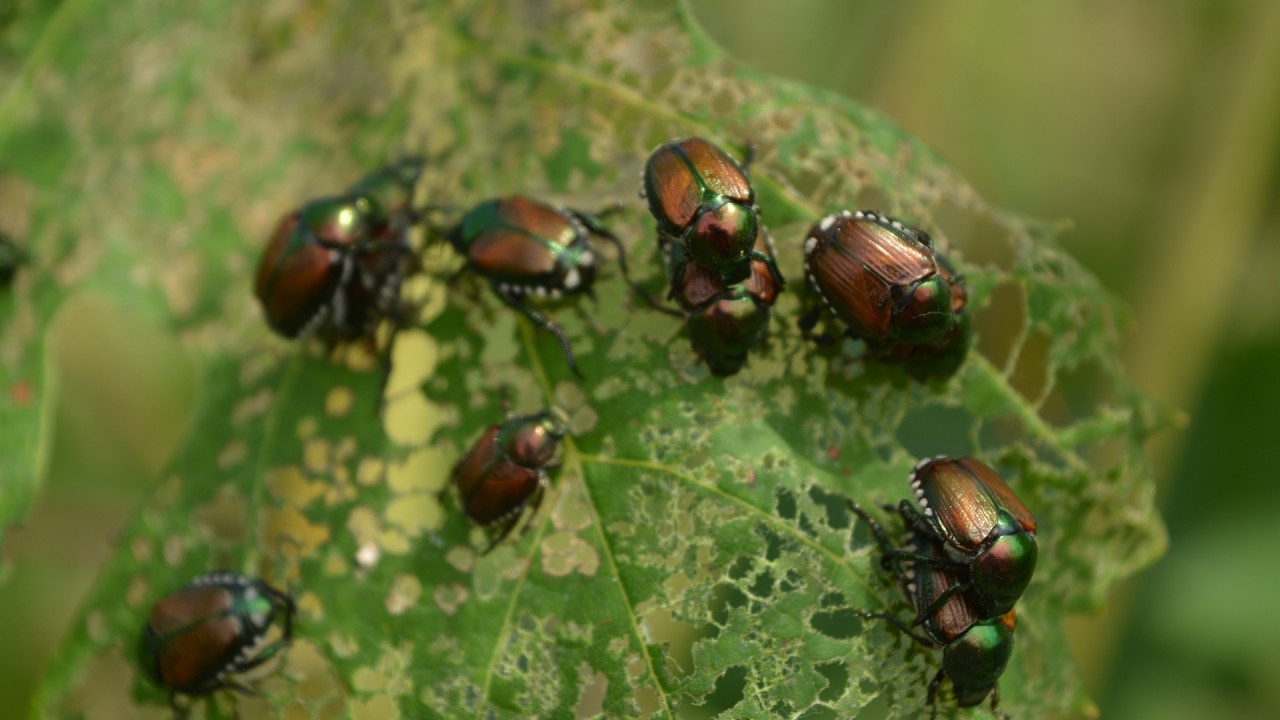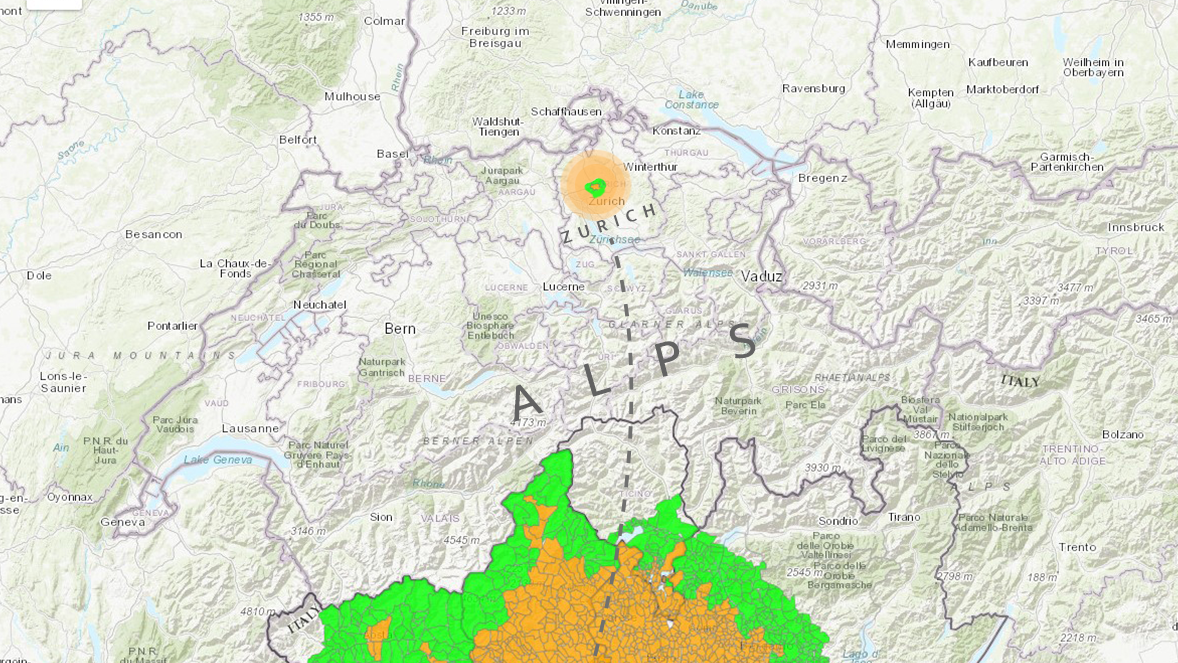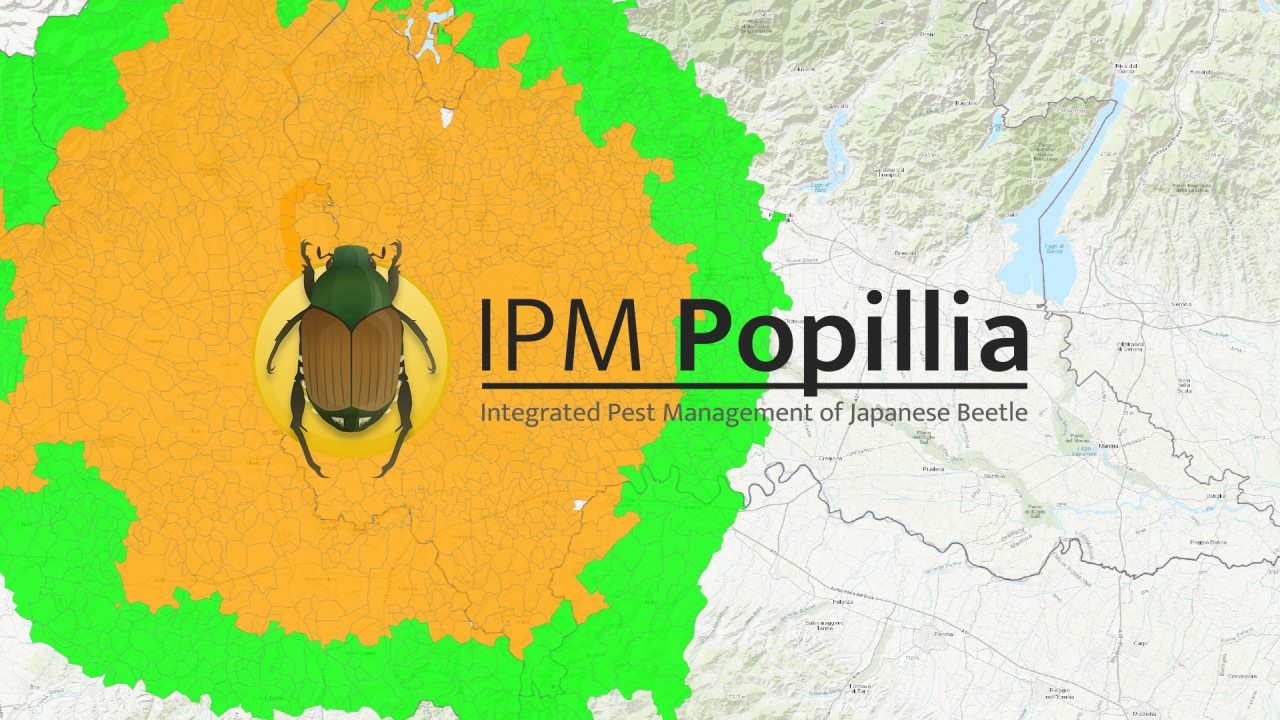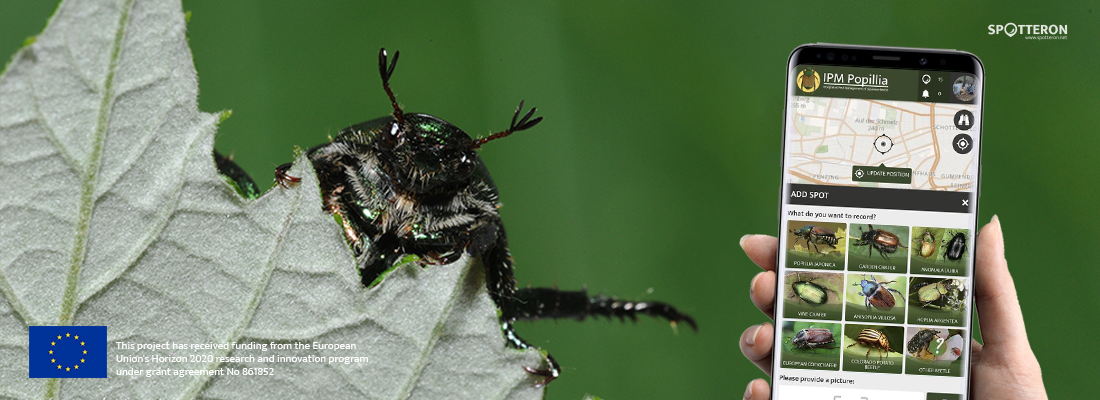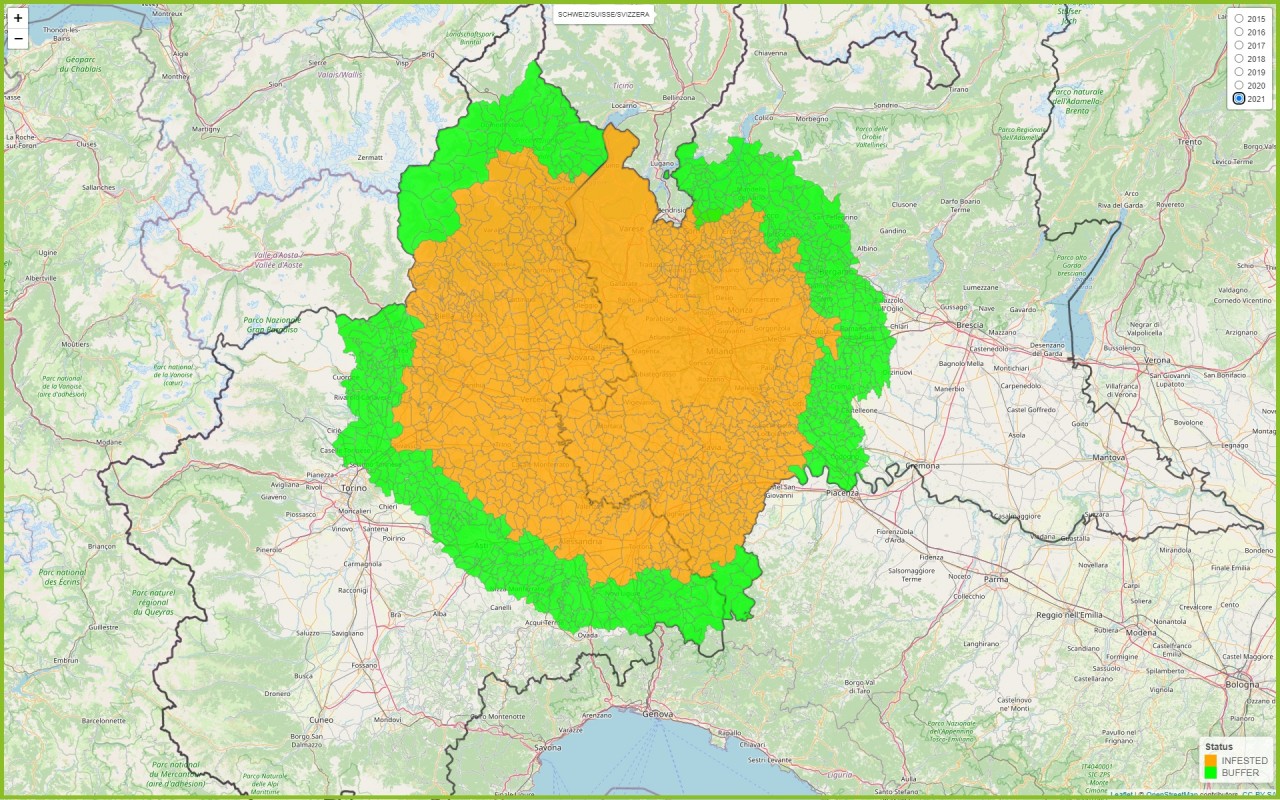Here is an interactive map showing the suitability of Europe for the Japanese beetle (Popillia japonica).
This map is the result of our INRAE team's modelling efforts and shows predictions of environmental suitability. You can read more about this work in our previous blog post and in our recent publication (Borner et al., 2023).
As we've said before, a good strategy for early detection of an invasion is to consider the risk of invasion. By modelling the environmental suitability of Europe for the Japanese beetle (Popillia japonica) and therefore the risk of its establishment, our INRAE team has laid the first building block of a surveillance strategy. This work has recently been published (Borner et al., 2023; https://doi.org/10.1127/entomologia/2023/2073) and we describe the main results here.
The IPM Popillia Citizen Science App is constantly evolving and improving to meet targets and be a brilliant tool for finding and recording sightings of the invasive Popillia japonica.




